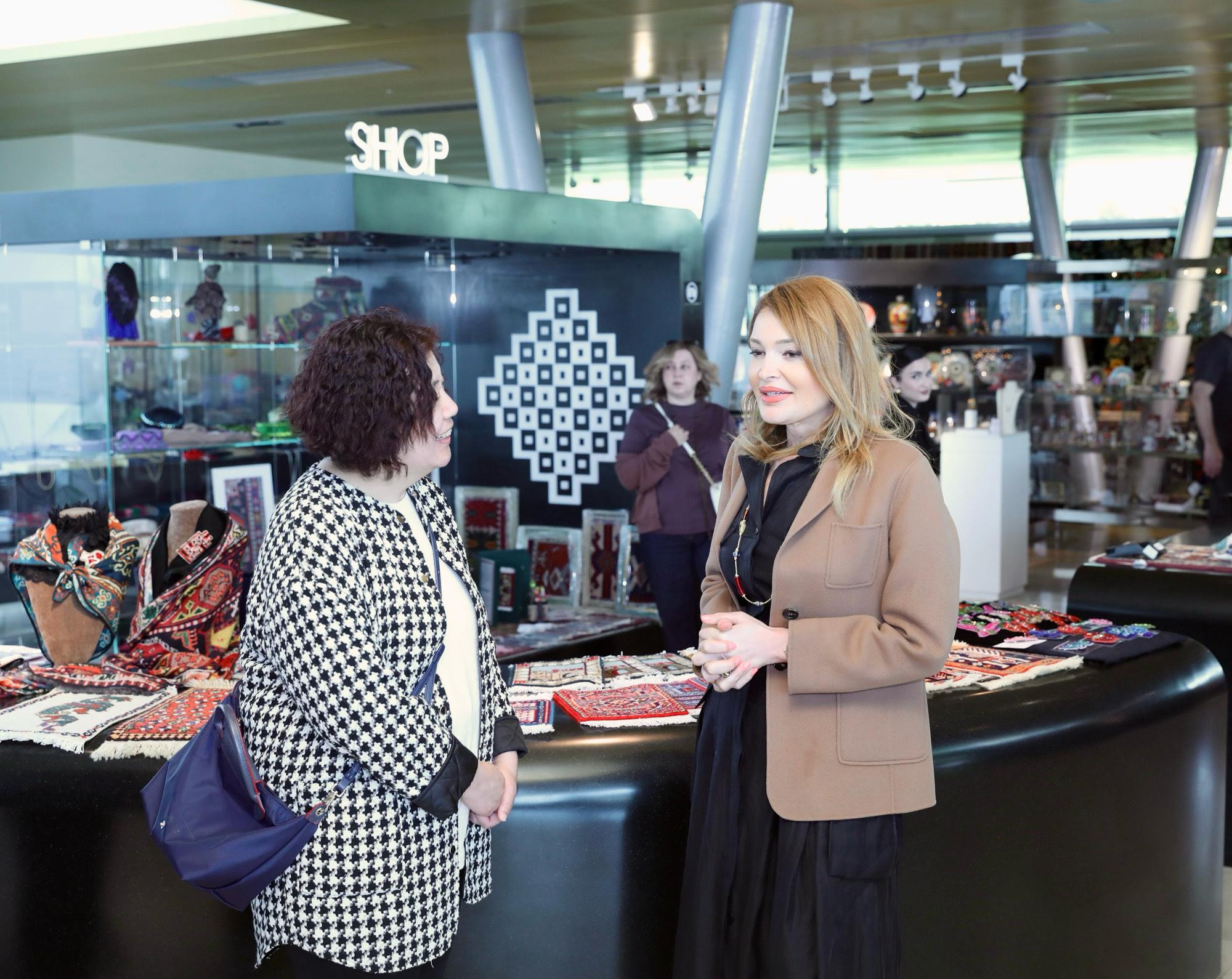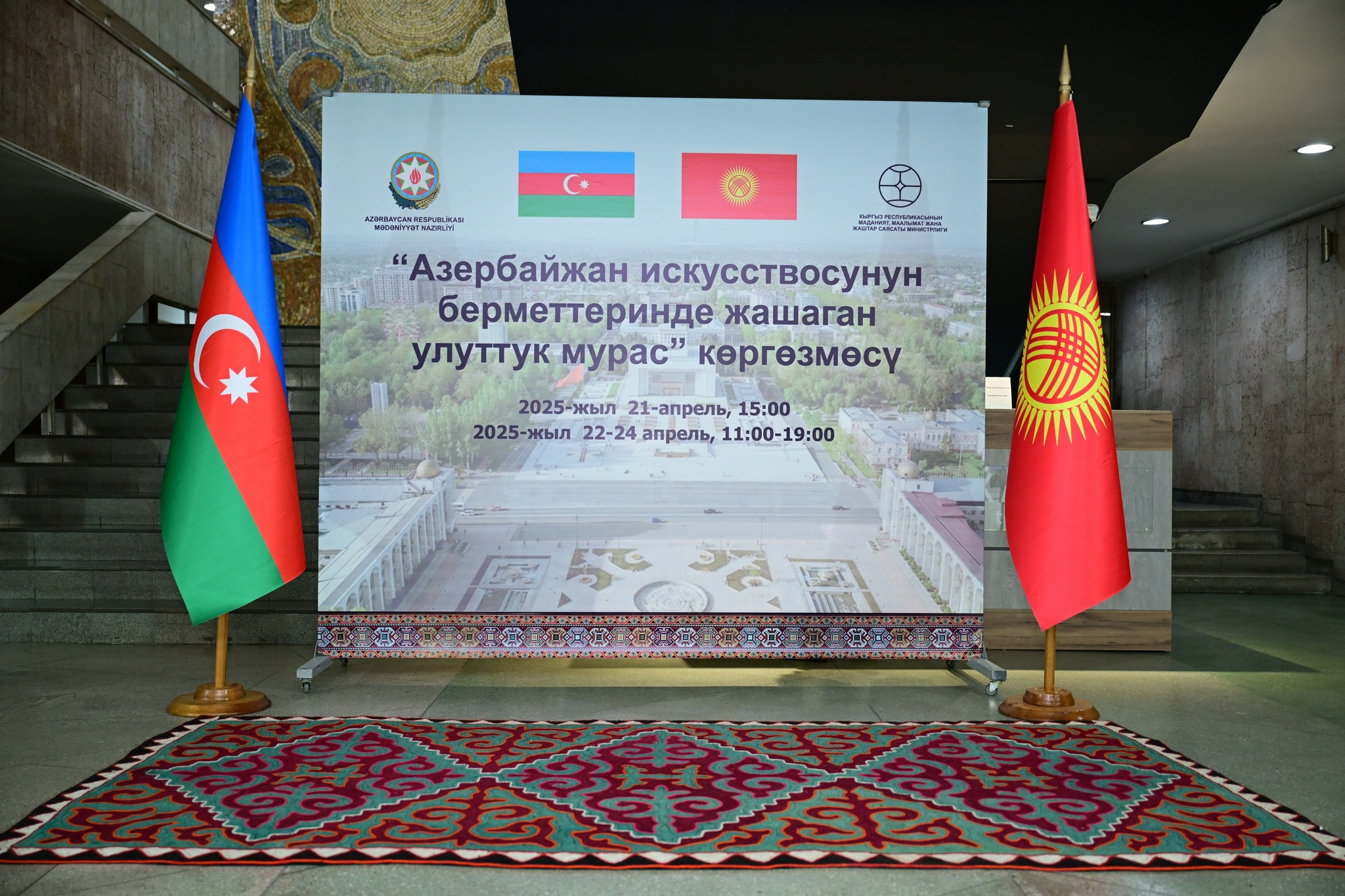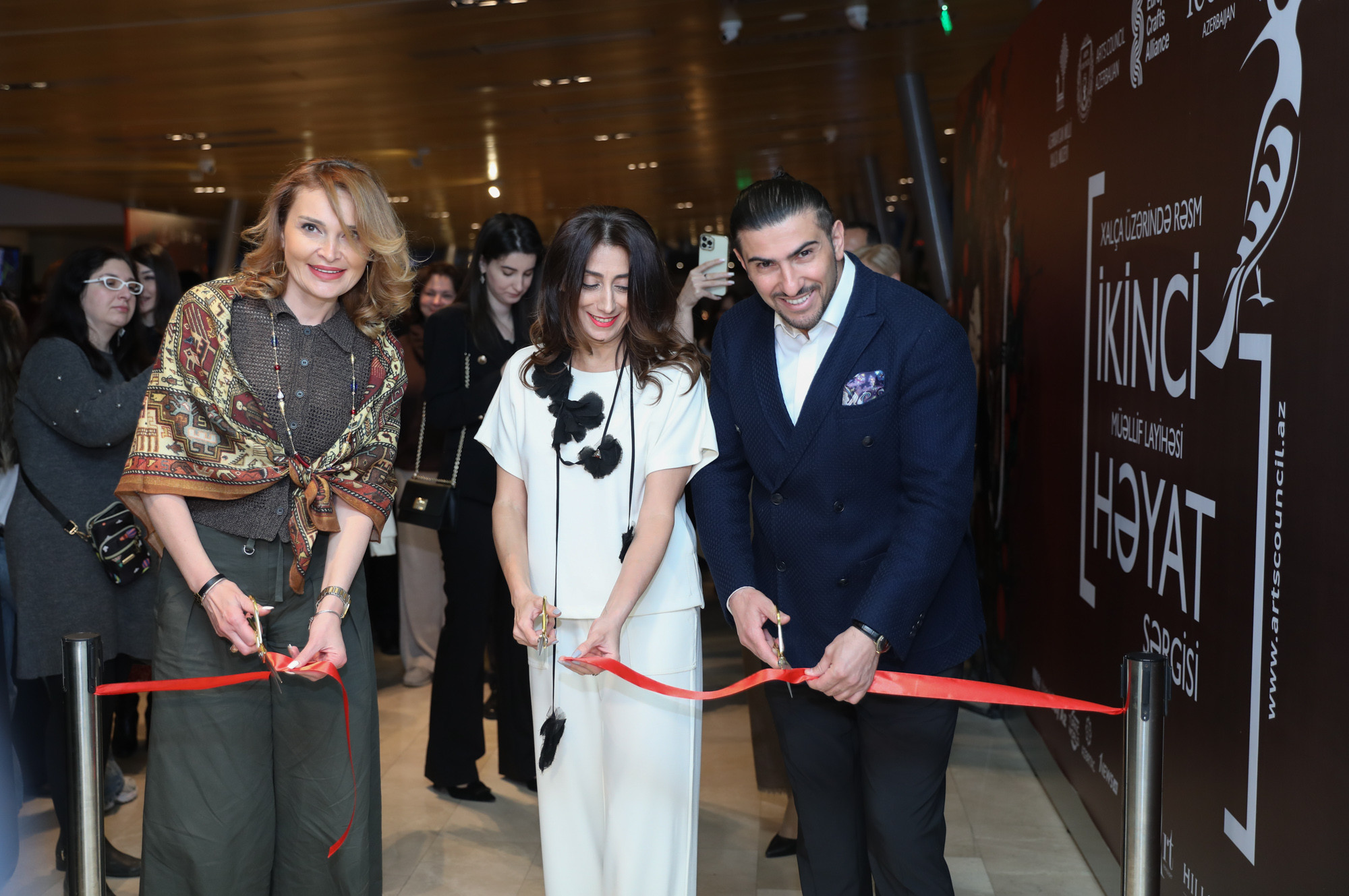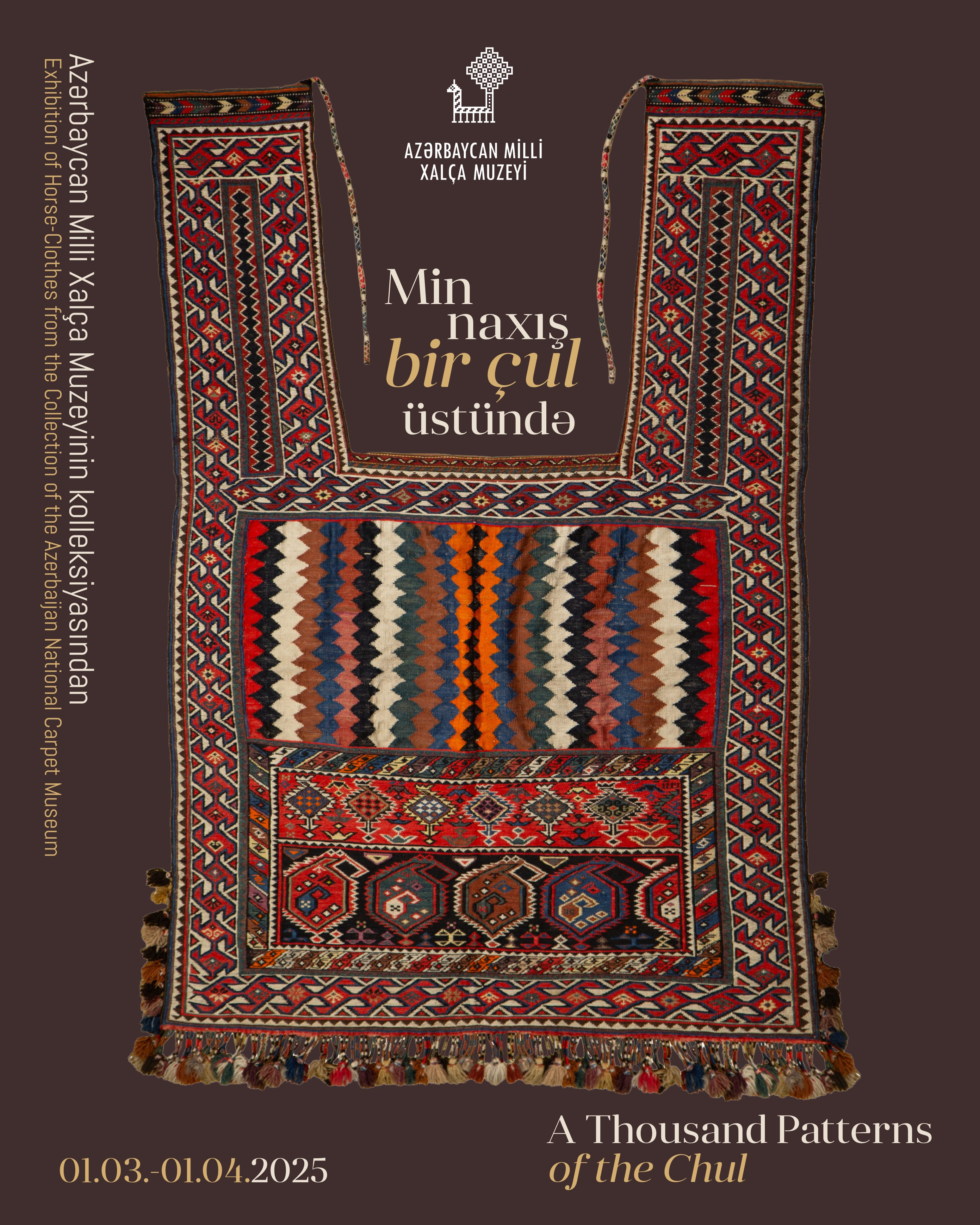Carpet Ajdahaly (Dragon)
Carpet Ajdahaly (Dragon). Karabakh, Azerbaijan. Warp, weft - cotton, pile - wool. 198x435 cm. Inv. No. 9388
The carpet was donated to the museum by Beverly Schilz, widow of the late Grover Schilz
The wide and elongated branches, directed upward and surrounded by different denticle-shaped elements, give the carpet uniqueness and represent its main design. These carpets with the dragon image are very widespread in the art of the Turkic peoples. One of the first depictions of the dragon in Azerbaijani art was found on the golden cup of the 9th century BCE, Hasanli hill, Sulduz district of South Azerbaijan. Dragon images bear a symbolic meaning and take a special place in Azerbaijani carpet weaving art. Various shaped dragon images have been woven in the compositions of flat-woven and pile carpets in Azerbaijan since ancient times. The brightest samples of them represented on the 16th-17th-century Karabakh carpets. They were symbolically designed as protective palmettes and placed between other carpet patterns. Notably, the palmette represents the flower, while the dragon acts as a protector of this life. The carpet's middle border with intertwined vegetative elements is also of great interest. People believed that these carpets brought happiness and abundance to their house.








